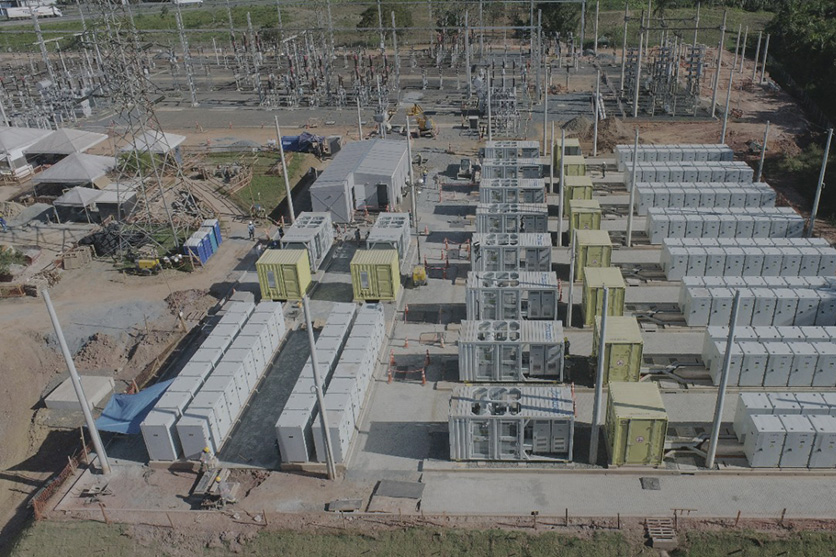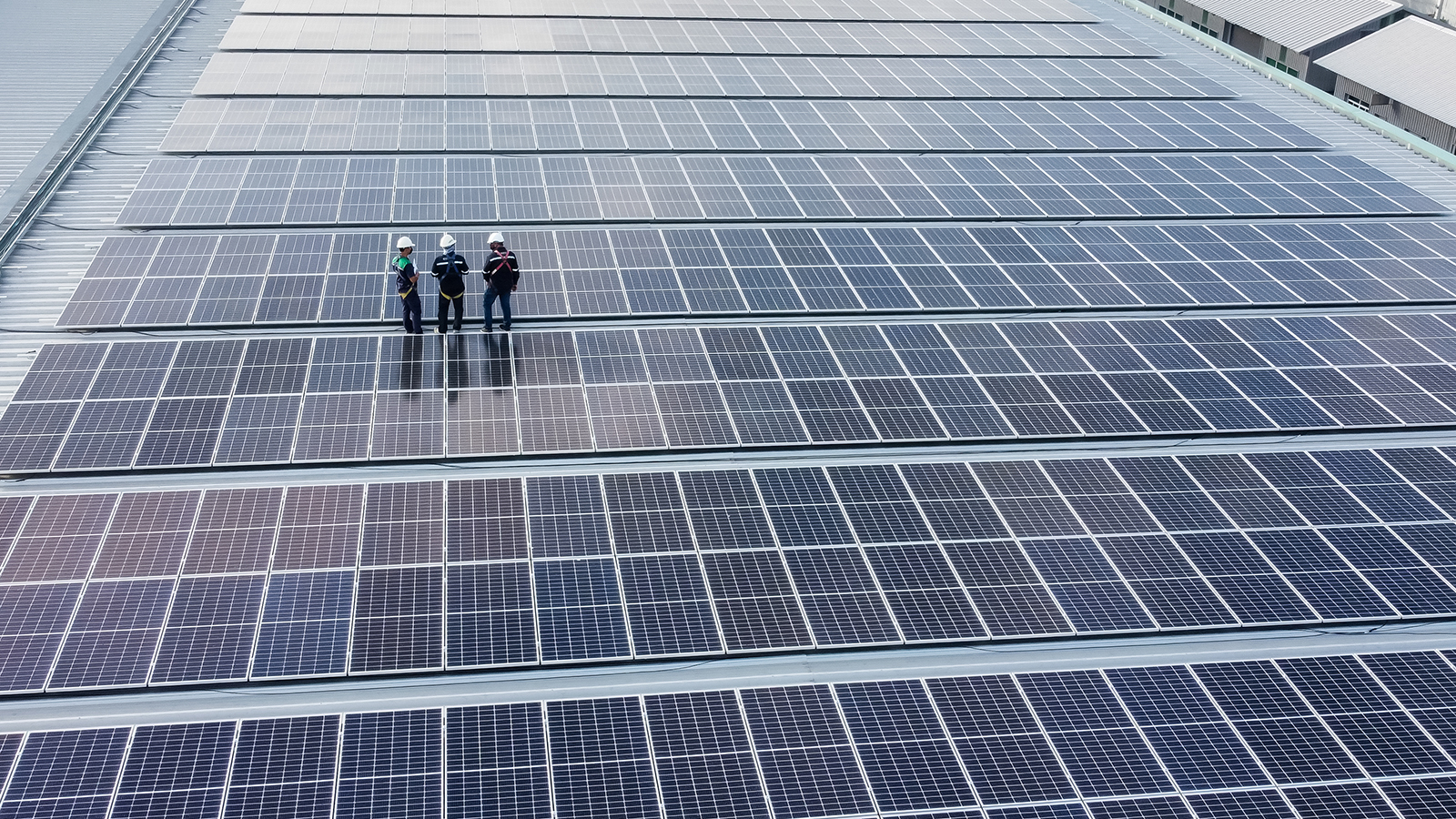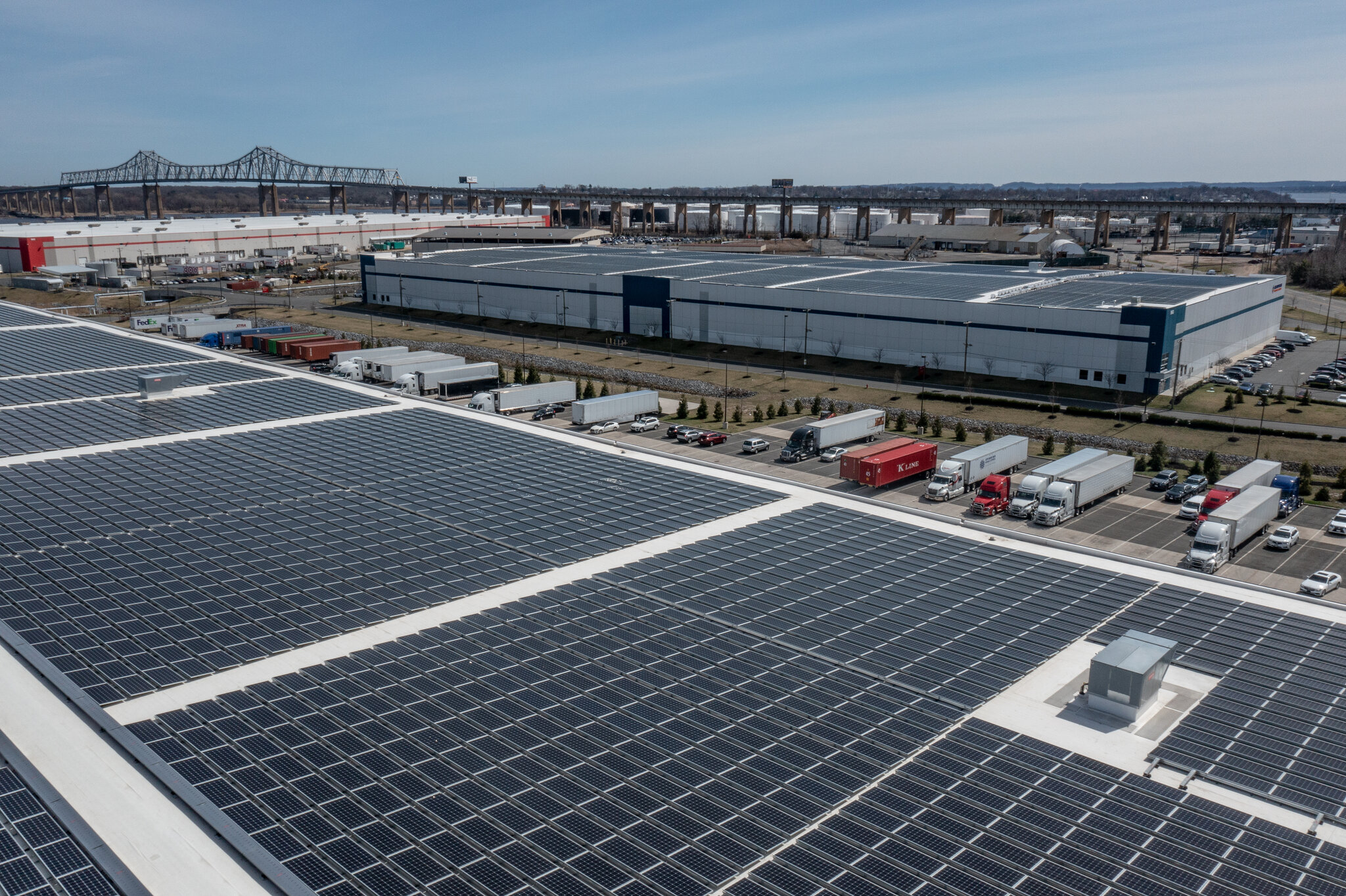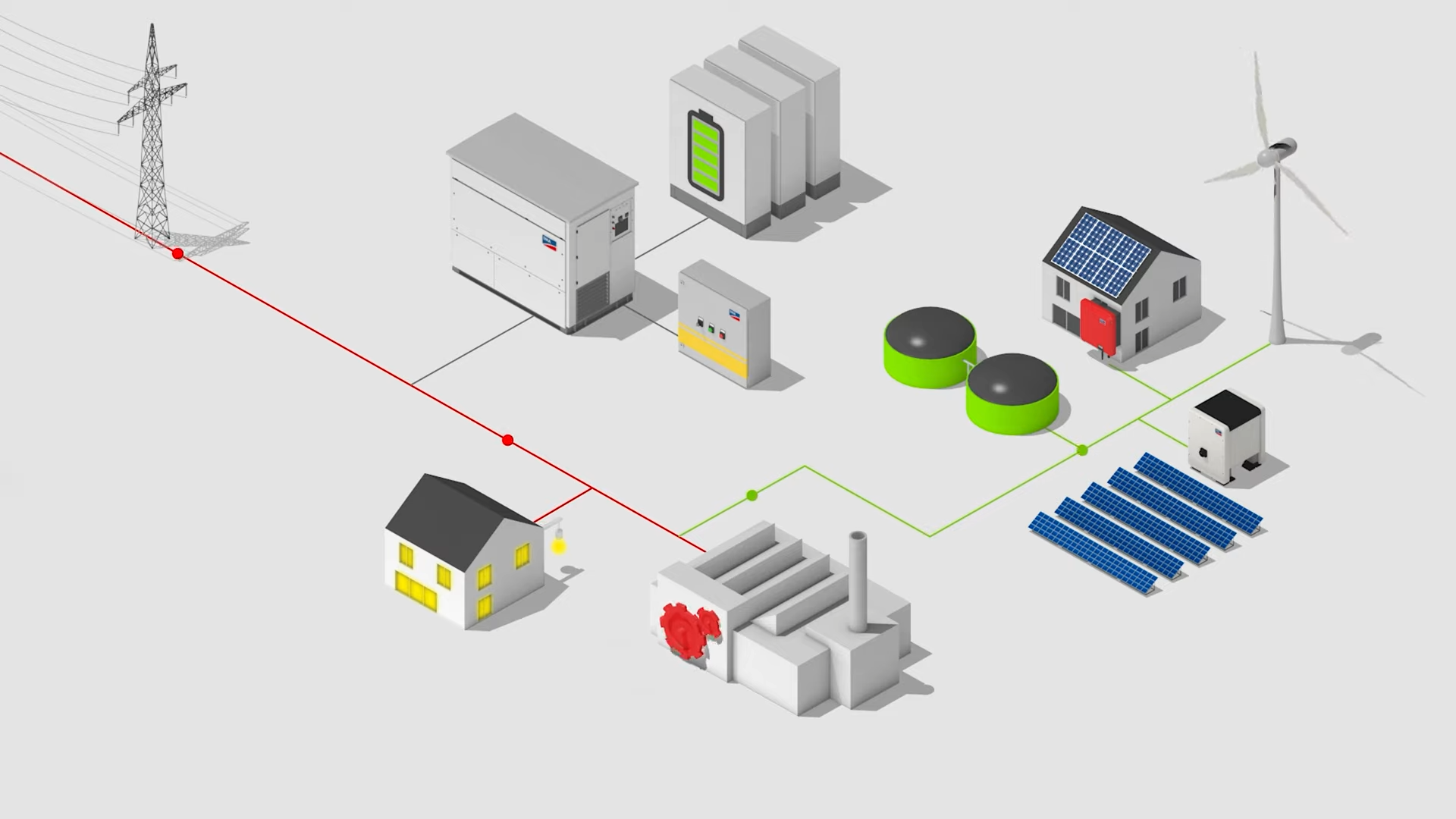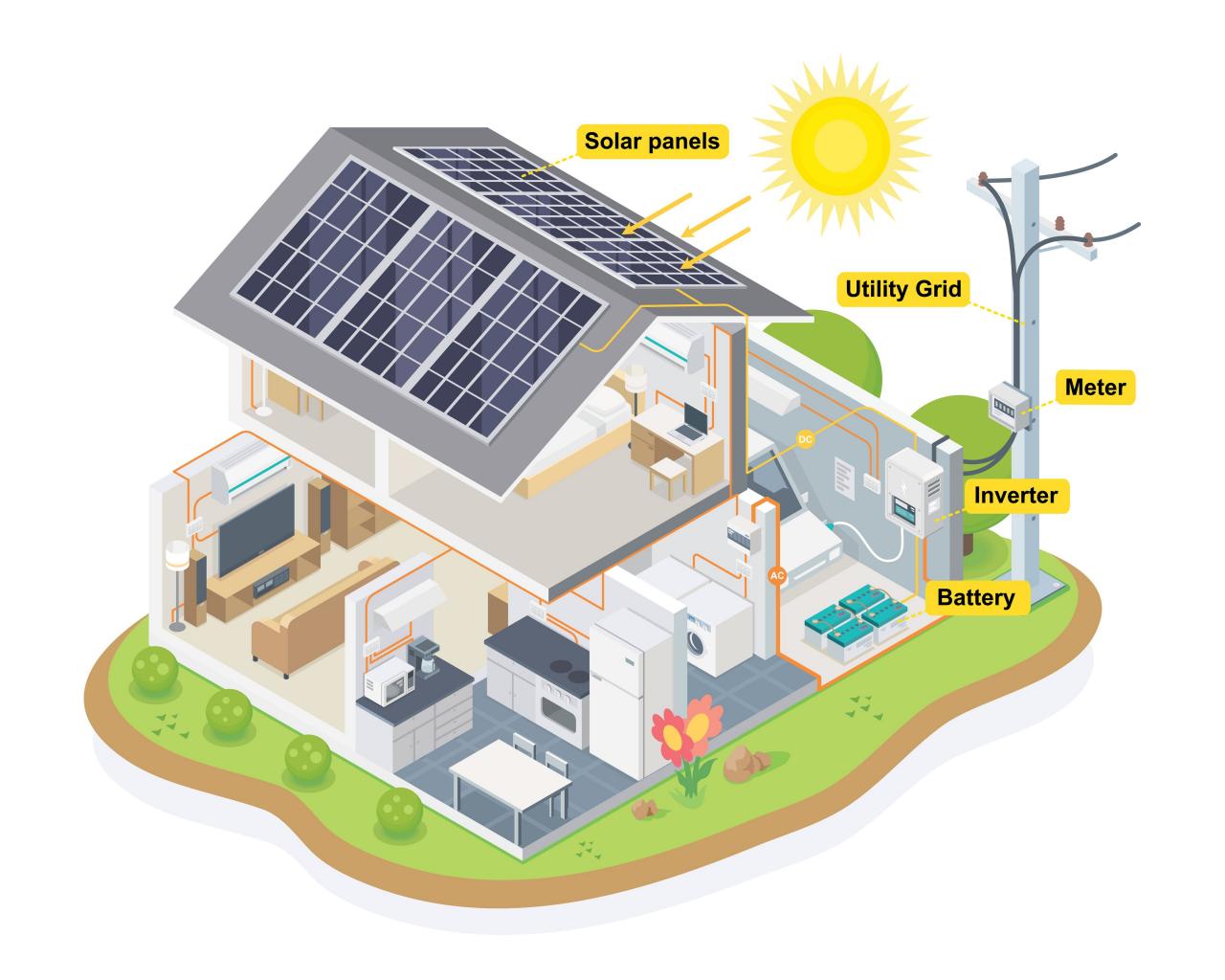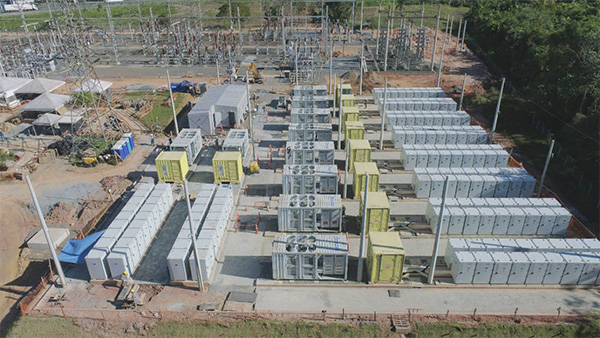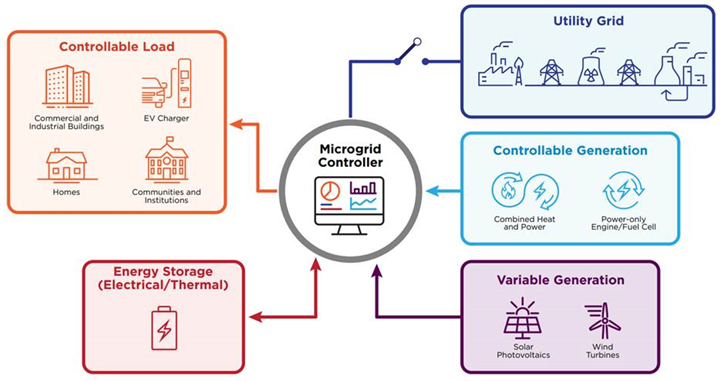AI's role in predicting and optimizing battery storage and modern grid systems, especially with the increasing integration of renewable energy sources, is a burgeoning area with significant potential. Here are key ways AI can contribute:
-
Predictive Maintenance and Monitoring: AI algorithms can analyze data from battery storage systems to predict when maintenance is required. This proactive approach can extend the lifespan of batteries and reduce the risk of unexpected failures. Similarly, AI can monitor the health and efficiency of the entire grid, flagging issues before they escalate.
-
Load Forecasting: Accurately predicting electricity demand is crucial for grid stability. AI can analyze patterns in energy usage and predict future demand more accurately than traditional methods. This is especially important in grids with high renewable penetration, as these sources can be intermittent and variable.
-
Energy Storage Optimization: AI can optimize when to store and release energy from batteries. For instance, it can decide to store solar or wind energy when production is high but demand is low, and release it when the opposite is true. This helps in smoothing out the variability of renewable energy sources and ensures a steady supply of electricity.
-
Integrating Distributed Energy Resources (DERs): As more homes and businesses install their own renewable energy sources, like solar panels, the grid becomes more distributed. AI can help manage these multiple, smaller sources of energy, integrating them efficiently into the overall grid.
-
Weather Prediction and Renewable Output Forecasting: AI can analyze weather data to predict renewable energy outputs. For instance, knowing when it will be sunny or windy can help predict solar or wind energy production levels, enabling better planning and balancing of the grid.
-
Dynamic Pricing Models: AI can be used to develop dynamic pricing models that encourage energy usage when renewable production is high and discourage it when production is low. This can help in managing demand more effectively.
-
Grid Stability and Reliability: AI can quickly analyze vast amounts of data from various grid components to ensure stability and reliability. It can identify potential issues like voltage fluctuations or phase imbalances and suggest corrective actions.
-
Facilitating Energy Trading and Distribution: AI can optimize energy distribution, especially in markets with energy trading. It can predict the best times to buy or sell energy, considering production forecasts and market prices.
In summary, AI's ability to analyze large datasets and learn from them makes it an invaluable tool for enhancing the efficiency, reliability, and sustainability of modern grids, particularly as they incorporate more renewable energy sources. Its predictive and optimization capabilities are key to adapting to the changing energy landscape.


Artificial Intelligence (AI) is revolutionizing Energy Management Systems (EMS) for microgrids, Virtual Power Plants (VPPs), and Battery Energy Storage Systems (BESS). For microgrids, AI algorithms can predict power demand and renewable supply, allowing for dynamic adjustment of energy distribution to improve efficiency and stability. In VPPs, AI optimizes the orchestration of distributed energy resources, enhances demand response strategies, and streamlines energy trading in real-time markets. For BESS, AI applications extend beyond simple charge and discharge activities, employing predictive analytics to forecast energy prices and demand patterns, while also managing the health of the battery to prolong its lifespan and efficiency.
AI-driven EMS for microgrids can include predictive maintenance, where machine learning algorithms analyze operational data to predict equipment failures before they occur, minimizing downtime and maintenance costs. This is crucial for microgrids, which often operate in remote locations and rely on a high degree of autonomy.
In VPPs, AI can aggregate diverse energy resources such as solar panels, wind turbines, and small-scale generators. It can predict the best times to store energy or feed it into the grid, based on predictive models that analyze various factors such as weather patterns, consumption trends, and market prices. This enables VPPs to function like a single power plant, providing a reliable, distributed energy supply.
For BESS, AI leverages historical data and real-time inputs to make decisions on when to store energy and when to release it back into the grid to take advantage of fluctuating energy prices. This not only improves the profitability of BESS operations but also contributes to grid stability during peak demand times or when intermittent renewable energy sources are not generating power.
AI also contributes to the optimization of energy flows within a BESS, ensuring that batteries operate within optimal temperature and charging ranges, thereby extending their operational life and return on investment.
In all these applications, AI enhances the capabilities of EMS by providing deep insights, predictive capabilities, and automated control mechanisms that were previously impossible. As AI technology advances, its role in managing energy systems is set to become even more integral, facilitating a more sustainable, efficient, and resilient energy landscape.
In the quest for efficient energy management, Artificial Intelligence (AI), particularly neural networks, has emerged as a game-changer. The image we see depicts the predicted fuel mix for the CAISO's energy grid, showcasing an advanced AI-driven approach to forecasting.
The chart is a vibrant tapestry of colors, each representing a different energy source contributing to the grid's power supply over time. From the deep blues of solar to the vibrant purples of wind energy, the peaks and valleys tell a story of energy use, production, and the intricate balance maintained by the CAISO.
This forecasting is made possible by neural networks, a form of AI that mimics the human brain's ability to recognize patterns and learn from data. By feeding vast amounts of historical and real-time data into the neural network—including weather patterns, historical demand, generation capacity, and more—the AI model learns to predict future energy needs with remarkable accuracy.
The benefits of such AI applications are manifold:
-
Optimized Energy Distribution: With accurate predictions, grid operators can better balance energy distribution, ensuring that the most efficient and cost-effective energy sources are used to meet demand.
-
Renewable Energy Integration: AI's predictive capabilities are crucial for integrating renewable energy sources, which are often intermittent and unpredictable, into the energy mix without compromising the reliability of the power supply.
-
Dynamic Pricing Models: By anticipating energy supply and demand, utility companies can develop more dynamic pricing models that encourage consumers to use energy during off-peak hours, leading to cost savings and reduced stress on the grid.
-
Reduced Carbon Footprint: Accurate predictions mean less reliance on fossil fuels as backup energy sources, which, in turn, leads to a lower carbon footprint for the grid as a whole.
The AI neural network's ability to predict the fuel mix for energy grids like CAISO's is just one example of how this technology is paving the way for smarter, cleaner, and more efficient energy systems across the globe. As we continue to refine these AI models, the future of energy management looks brighter—and much more sustainable.

Artificial Intelligence (AI) is revolutionizing Energy Management Systems (EMS) for microgrids, Virtual Power Plants (VPPs), and Battery Energy Storage Systems (BESS). For microgrids, AI algorithms can predict power demand and renewable supply, allowing for dynamic adjustment of energy distribution to improve efficiency and stability. In VPPs, AI optimizes the orchestration of distributed energy resources, enhances demand response strategies, and streamlines energy trading in real-time markets. For BESS, AI applications extend beyond simple charge and discharge activities, employing predictive analytics to forecast energy prices and demand patterns, while also managing the health of the battery to prolong its lifespan and efficiency.
AI-driven EMS for microgrids can include predictive maintenance, where machine learning algorithms analyze operational data to predict equipment failures before they occur, minimizing downtime and maintenance costs. This is crucial for microgrids, which often operate in remote locations and rely on a high degree of autonomy.
In VPPs, AI can aggregate diverse energy resources such as solar panels, wind turbines, and small-scale generators. It can predict the best times to store energy or feed it into the grid, based on predictive models that analyze various factors such as weather patterns, consumption trends, and market prices. This enables VPPs to function like a single power plant, providing a reliable, distributed energy supply.
For BESS, AI leverages historical data and real-time inputs to make decisions on when to store energy and when to release it back into the grid to take advantage of fluctuating energy prices. This not only improves the profitability of BESS operations but also contributes to grid stability during peak demand times or when intermittent renewable energy sources are not generating power.
AI also contributes to the optimization of energy flows within a BESS, ensuring that batteries operate within optimal temperature and charging ranges, thereby extending their operational life and return on investment.
In all these applications, AI enhances the capabilities of EMS by providing deep insights, predictive capabilities, and automated control mechanisms that were previously impossible. As AI technology advances, its role in managing energy systems is set to become even more integral, facilitating a more sustainable, efficient, and resilient energy landscape.
Computational Fluid Dynamics (CFD) is an incredibly versatile tool that can significantly enhance the design and operation of battery systems and solar power installations. Here’s how CFD can contribute to each of these domains:
In Battery Design and Operation:
-
Thermal Management:
- CFD can simulate the heat generation and dissipation within battery cells and modules, helping to design cooling systems that are crucial for maintaining optimal operating temperatures and preventing overheating.
- It can optimize passive and active thermal management strategies, including air, liquid cooling systems, or phase change materials.
-
Safety Analysis:
- CFD modeling can predict how batteries react under thermal runaway conditions, allowing engineers to design safety measures that can mitigate the effects of such events.
-
Performance Optimization:
- By modeling the internal electrochemical processes, CFD can help optimize battery cell design for improved energy density and efficiency.
- It can simulate the effects of different materials and geometries on ion transport and electrical conductivity.
-
Durability and Lifecycle:
- CFD can assess the impact of various operating conditions on battery degradation over time, thereby extending the battery’s lifecycle and reliability.
-
Scalability:
- For large battery installations, such as those used in grid storage, CFD can help design the layout to ensure uniform loading and cooling across the system.
In Solar Power Design and Operation:
-
Panel Efficiency:
- CFD can analyze airflow patterns around solar panels to reduce heat accumulation, which can lower the efficiency of photovoltaic (PV) cells.
- It can also help in the design of concentrator systems for concentrated solar power (CSP) by modeling the fluid flow in the heat transfer fluid system.
-
Structural Integrity:
- Solar panel installations must withstand various environmental conditions. CFD can simulate wind loading on solar farms to design structures that are both light and robust.
-
Environmental Impact:
- CFD simulations can predict how large solar farms influence local microclimates through changes in land surface properties and air circulation patterns.
-
Optimization of Cooling Systems:
- For solar thermal power plants, CFD is used to design and optimize the performance of heat exchangers.
-
Dust Accumulation:
- CFD can model the deposition of dust and other particles on solar panels, which can inform maintenance schedules and anti-soiling coatings.
-
Energy Storage Integration:
- CFD aids in the integration of solar power with thermal energy storage systems by modeling the flow and heat transfer in storage media.
In conclusion, CFD provides a deep understanding of the physical processes governing battery and solar systems. It enables the prediction and optimization of performance, safety, and longevity, which are critical for the transition to sustainable energy sources. With its ability to simulate complex scenarios, CFD continues to be an invaluable asset in the advancement of battery and solar technologies.


